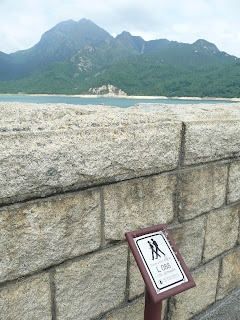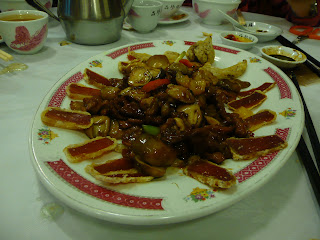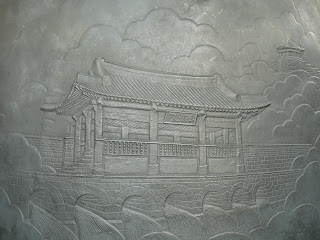Back to the future? New movies starring Jackie Chan
and Chow Yun Fat playing in Hong Kong cinemas
Consider this cinematic line-up: a movie starring and directed by Jackie Chan; an offering directed by Wong Jing and starring Chow Yun Fat; a work directed by Andrew Lau -- and produced by Peter Chan Ho Sun -- with a cast that includes Shawn Yue and Jimmy Wang Yu; and a film directed by Wong Kar Wai and starring Tony Leung Chiu Wai.
With the exception of the Andrew Lau-Peter Chan Ho Sun-Shawn Yue-Jimmy Wang Yu collaboration, it'd sound like I was announcing a line-up of 1990s Hong Kong movies. But, in fact, I'm actually referring to two films that have opened in the past few weeks and another two that are due to open in the next fortnight -- more specifically, CZ12, The Last Tycoon, The Guillotines and The Grandmaster.
At the time of writing, I've viewed three out of these four films -- with only Wong Kar Wai's The Grandmaster
thus far proving elusive. (It's due to open in Hong Kong on January
10th but even now I'm not sure that it won't end up having its world
premiere in Berlin instead!)
My favorite of the three is The Guillotines -- but judging from the largely negative reviews it has received (including from Stefan S. over at A Nutshell Review), it would seem that I'm in a minority for liking it -- and as much as I do. For
those who have yet to view it but still are planning to: I think it
would help if you were to go into the movie expecting less of a
straightforward period actioner in which the weapons known as flying
guillotines prominently feature and, instead, a film that has more drama
than action (in the vein of the Peter Chan produced Bodyguards and Assassins) and a dark take on brotherhood (in the vein of Peter Chan's The Warlords). And if you are a fan of both those movies that Peter Chan has been involved in making.
With regards to The Last Tycoon:
I don't expect it to win many critical accolades but I don't think the
people who made it are expecting any. At the same time, I'd wager that
they also are pretty confident that they've made a movie that will
please fans of Chow Yun Fat -- and that there (still) are enough for
this film to make a tidy sum at box offices in Hong Kong and those other
parts of the world where there remain ample numbers of people who love
watching Chow Yun Fat doing the kind of things that made them consider him the coolest man on Earth.
And then there's CZ12. To put it mildly, I was not impressed by the trailer I saw for it -- and I initially wasn't planning to view the work, being content instead to scratch my Jackie Chan movie itch by re-watching Police Story III: Supercop for the first time in years just a few days ago. But upon reading that CZ12 had beaten out The Hobbit at the Mainland box office but also topped Hong Kong's Christmas box office chart, and topped The Hobbit as well as broken Chinese film weekly box office records in Malaysia and Singapore, curiosity got the better of me -- and I went and checked out the movie earlier this evening.
My
verdict: it's actually not half bad and pretty entertaining! To be
sure, there are some preachy pro-China moments but, to be fair, Jackie
Chan movies have featured messages about Chinese treasures belonging to
the Chinese for some years now -- with exhibit A being Drunken Master II, the 1994 offering that some people (including myself) consider to have been Jackie's last great film. Also, the film actually is considerably more fun and funny than its trailer made me think that it would be.
And while I understand some people being angry enough about his latest controversial comments about Hong Kong and free speech to call for boycotts of CZ12, I also want to support the Hong Kong movie industry that, more than incidentally, appears on intent showing this holiday season that it still has its stars and some fight in it after all. (And yes, some might consider it stretching a bit to call CZ12 a Hong Kong film but, at the end of the day, it still does have some Hong Kong movie elements in it -- including a certain Hong Kong-born man called Jackie Chan!)
























































